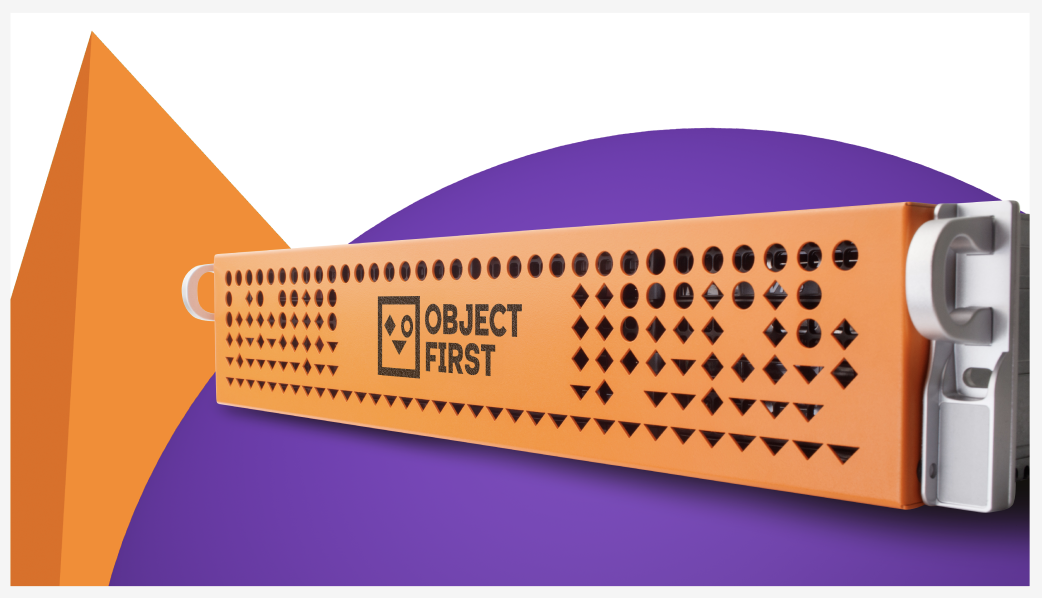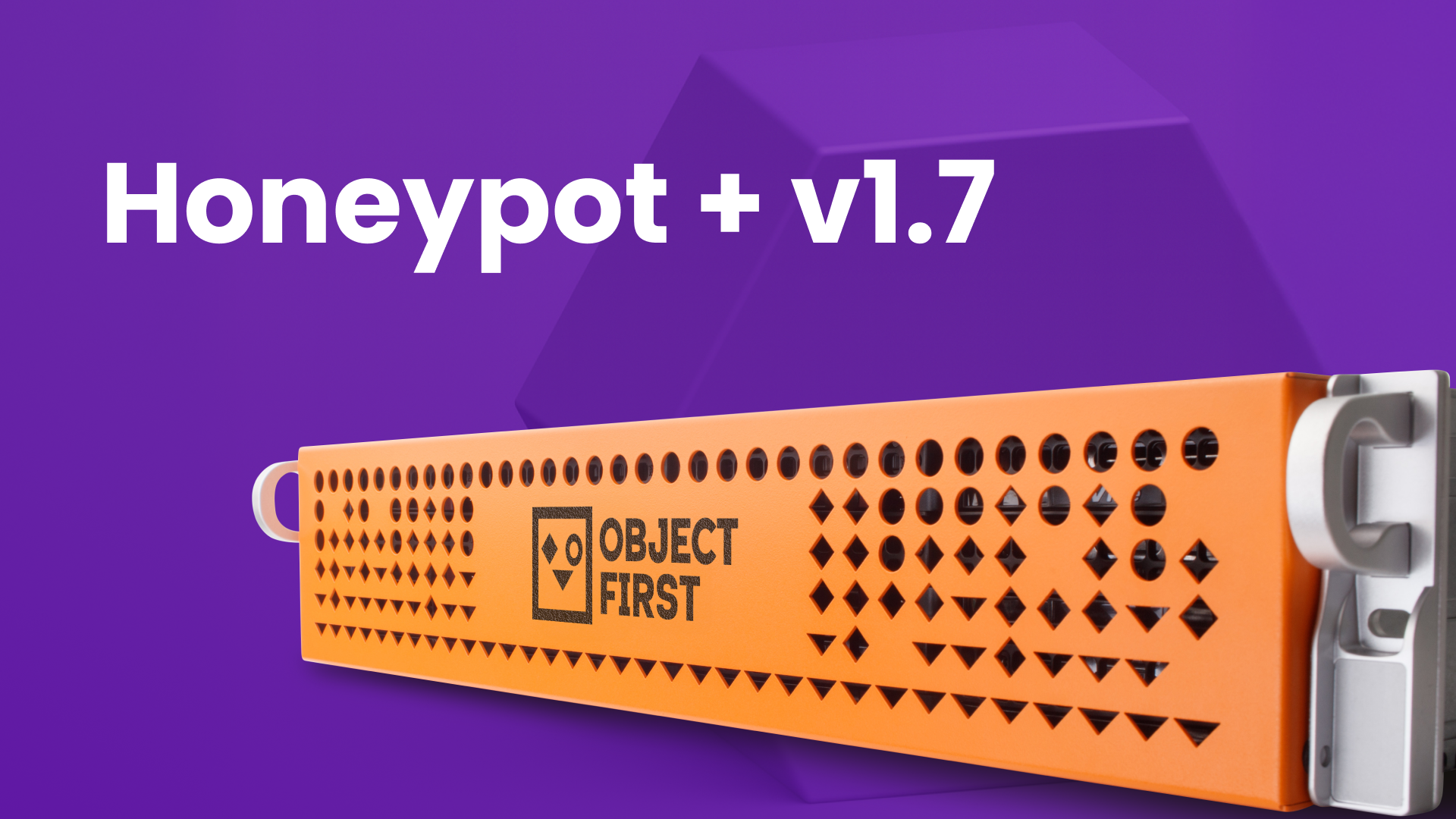ELK Stack 101: Core Concepts
SIEM & Monitoring Blog Series: ELK Stack
The need for backup administrators to properly monitor and react to log alerts has always been important. However, with the increasing threats of malware and ransomware it is now imperative that some form of monitoring system, including security monitoring systems, be put in place.
In the first blog of the series, we did an overview of SIEM/Monitoring in general. Now we will dive into specific solutions and give backup administrators lab solutions to be able to practice and gain skills with each application. Today we will go over Elasticsearch, Logstash, and Kibana (ELK) Stack.
What is the ELK Stack?
The ELK Stack is an open-source solution that combines three complementary technologies to create a comprehensive log management and analytics platform. Elasticsearch serves as the search and analytics engine. Logstash handles data processing and transformation, and Kibana provides visualization and dashboard capabilities. Together, they form a complete pipeline that transforms raw log data into actionable insights.
Originally known as ELK, the stack has evolved into what's now called the Elastic Stack, incorporating additional tools like Beats for lightweight data shipping. However, the core trio of Elasticsearch, Logstash, and Kibana remains the foundation of most implementations.
Furthermore, if you acquire a license, you can also leverage Elastic Security, which adds real SIEM features and AI analysis.
Understanding Each Component
Elasticsearch: The Key for Search and Analytics
Elasticsearch is a distributed, RESTful search and analytics engine built on Apache Lucene. At its core, it's a document-oriented NoSQL database that excels at full-text search and real-time analytics. What makes Elasticsearch special is its ability to handle massive datasets while providing near-instantaneous search results.
The architecture is designed for horizontal scaling, meaning you can add more nodes to handle increased data volume and query load. Each piece of data is stored as a JSON document, making it flexible enough to handle structured and unstructured data alike. The built-in replication and failover mechanisms ensure high availability, while the powerful aggregation framework enables complex analytics operations.
Elasticsearch is excellent at fast text search, real-time analytics, and complex data relationships.
Logstash: The Data Processing and Preparation
Logstash acts as the data processing pipeline in the ELK stack, responsible for ingesting data from multiple sources, transforming it, and shipping it to various destinations. Think of Logstash as a processing system which takes unstructured data (in our demo case Syslog messages) and clean it up for analysis.
The Logstash pipeline consists of three main stages: inputs, filters, and outputs. **Input plugins** collect data from sources like log files, system logs, databases, and message queues. **Filter plugins** parse, transform, and can enrich the data. Grok patterns can parse complex log formats, geographic information can be added based on IP addresses, and timestamps can be normalized. Finally, **output plugins** send the processed data to destinations like Elasticsearch, files, or external systems. In our lab demo we will send the parsed data to Elasticsearch.
Logstash is not the only choice available, Fluentd can be leveraged as well, among others, but what makes Logstash powerful is its extensive library of plugins and its ability to handle multiple data streams at the same time. For example, it can parse Syslog messages converting them into a consistent format for analysis.
Kibana: The "At a Glance Solution"
Kibana turns Elasticsearch data into visual entities that anyone can understand. As the visualization layer of the ELK stack, Kibana provides an intuitive web interface for exploring data, creating dashboards, and sharing insights across organizations. The platform supports numerous visualization types, from simple line charts and bar graphs to complex heat maps and geographic visualizations. Interactive dashboards allow users to drill down into data, apply filters in real-time, and discover patterns that might not be apparent in raw logs. The discovery interface provides a Google-like search experience for log data, making it easy for non-technical users to find specific events or troubleshoot issues.
Modern versions of Kibana have expanded beyond visualization to include machine learning capabilities for anomaly detection, alerting features for proactive monitoring, and Canvas for creating pixel-perfect reports and presentations.
The Power of Integration
While each component is powerful individually, the real magic happens when they work together. The typical data flow starts with log generation from applications, servers, or network devices. Logstash collects this raw data, applies parsing rules and transformations, then indexes the clean, structured data in Elasticsearch. Kibana then provides the interface for searching, analyzing, and visualizing this data.
This integration creates a feedback loop where insights from Kibana can inform how data is processed in Logstash and indexed in Elasticsearch. For example, discovering that certain log fields are frequently searched might lead to optimizing the Elasticsearch mapping for those fields, improving query performance.
Data Protection Applications
The ELK stack serves numerous use cases across different industries. For **Data Protection and Security operations**, teams use it to monitor infrastructure health, track backup job results, and debug issues. The ability to correlate logs from multiple systems makes it invaluable for troubleshooting complex distributed applications, like for example Veeam backup software and Object First Ootbi, since both now support syslog forwarding.
Up Next: Hands-On with ELK
Now that you’ve got a solid understanding of the ELK Stack’s core components and how they work together, you’re ready to take the next step. In Part 2 of this series, we’ll move from theory to practice with hands-on labs and example scripts that will help you build your own ELK pipeline. Stay tuned—you won’t want to miss the chance to put your knowledge to the test!



